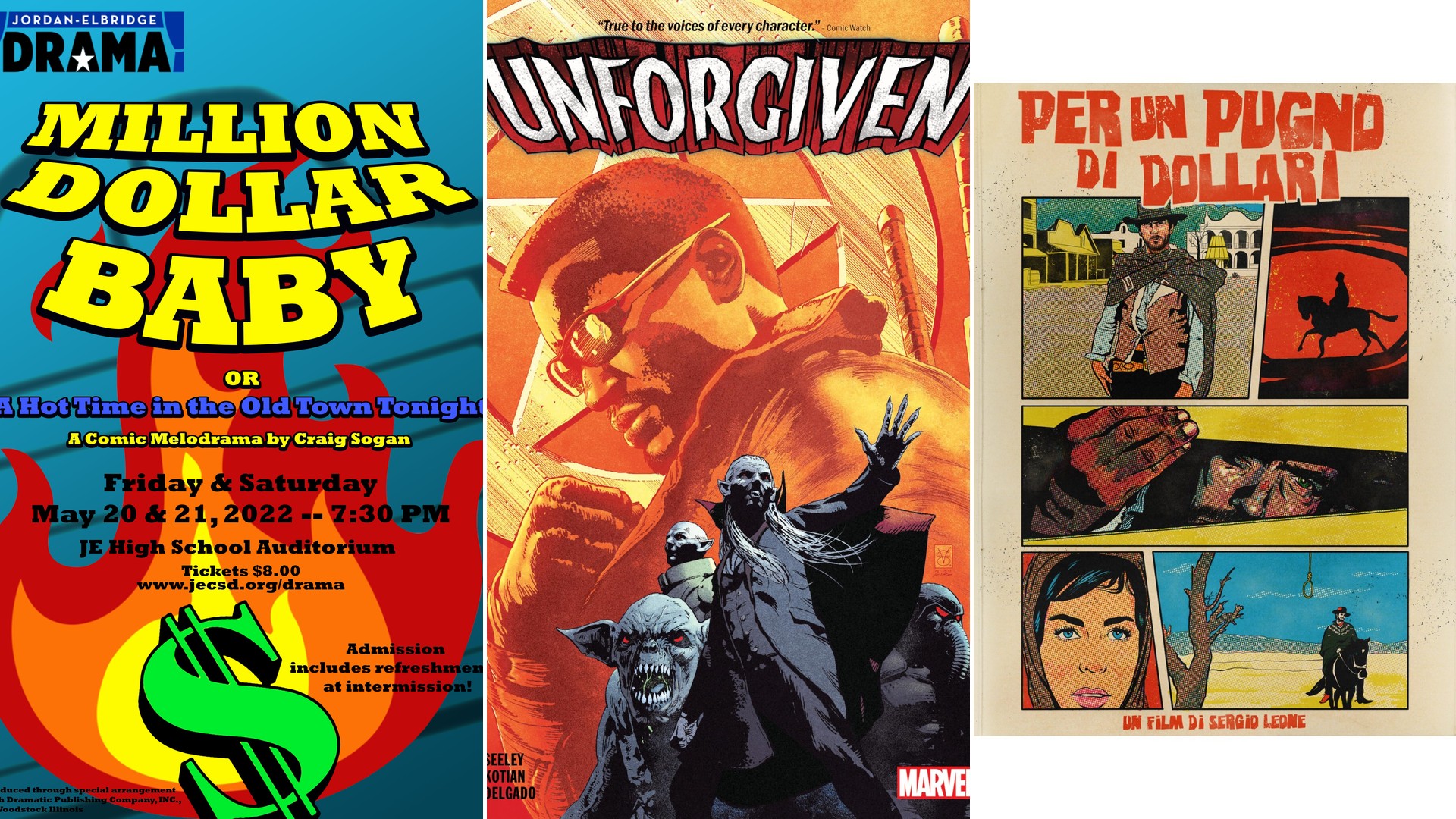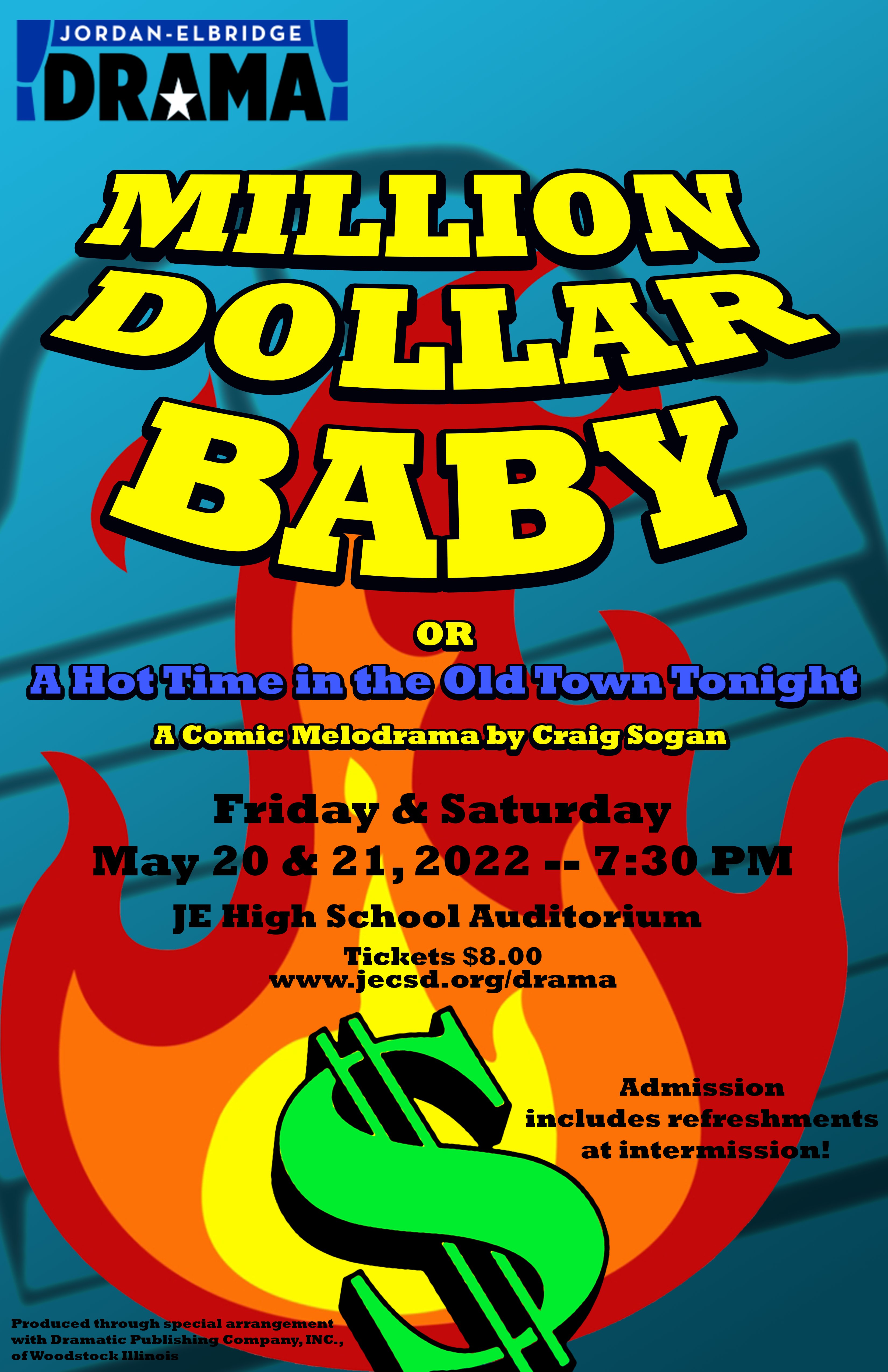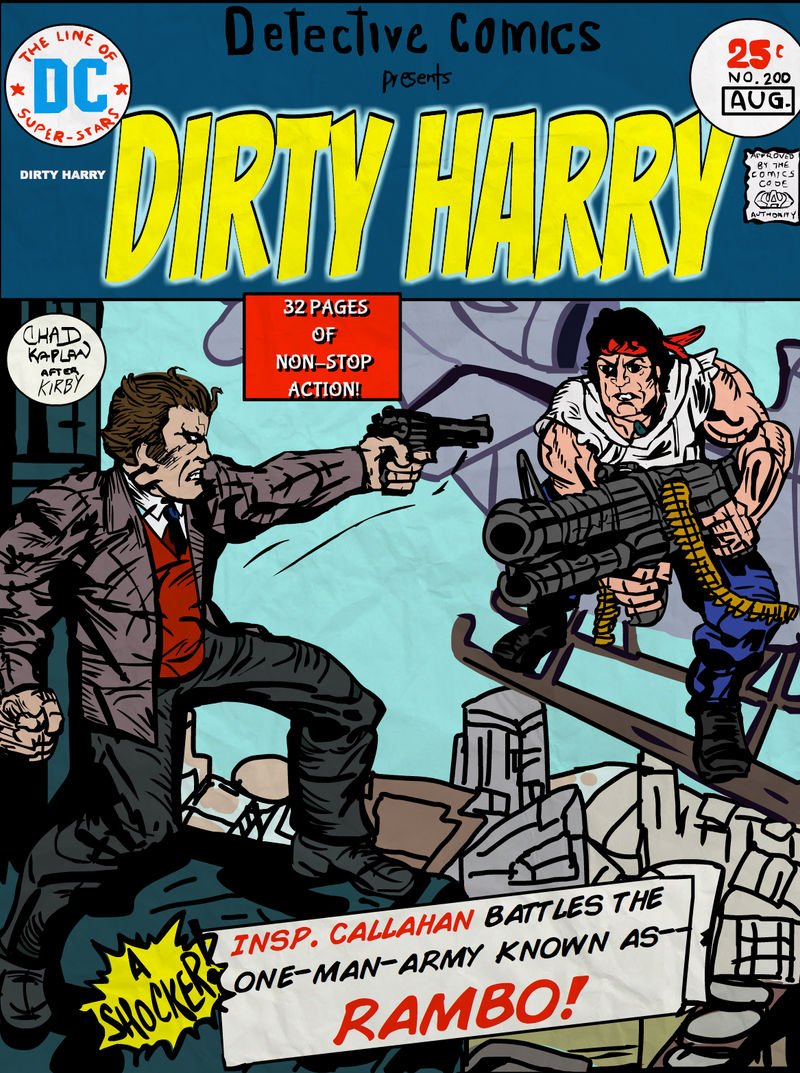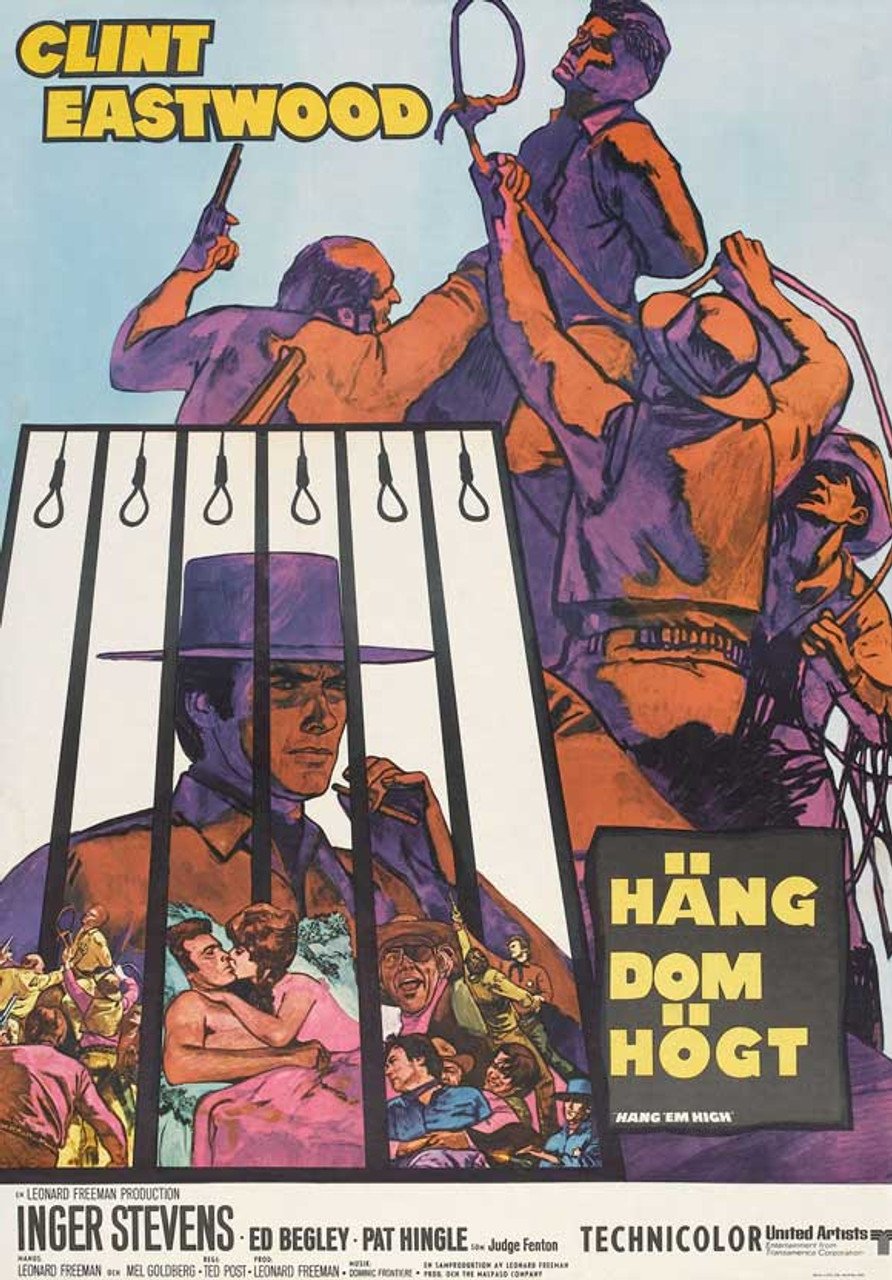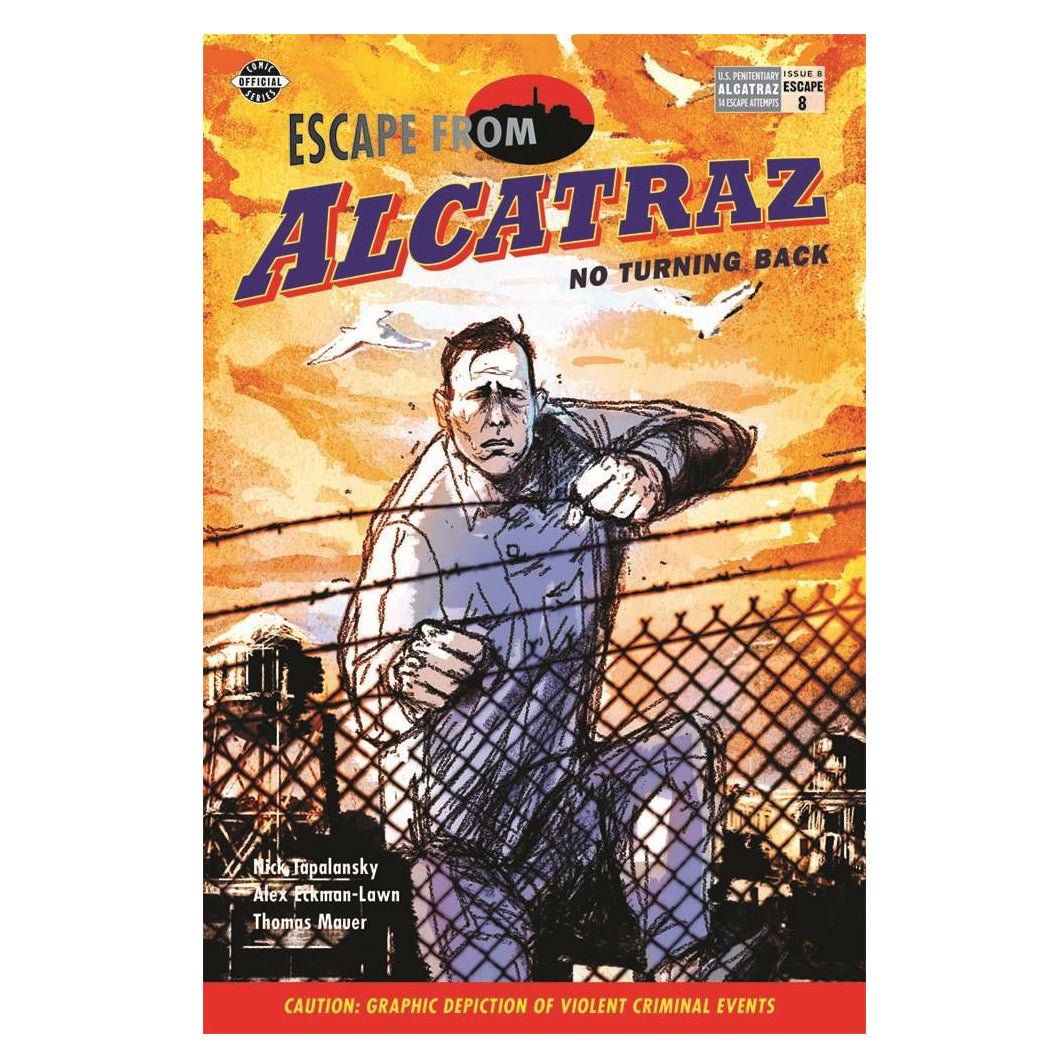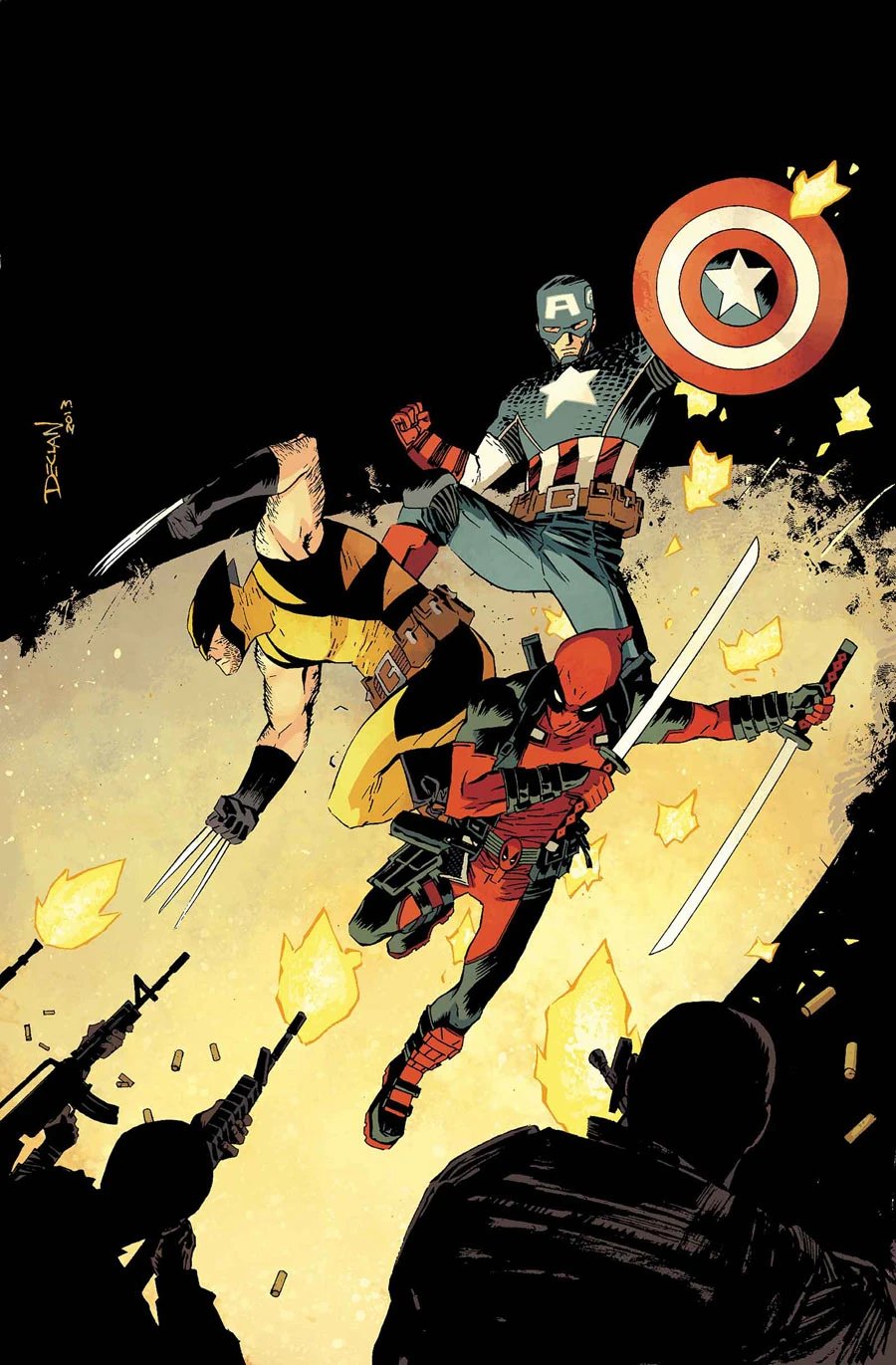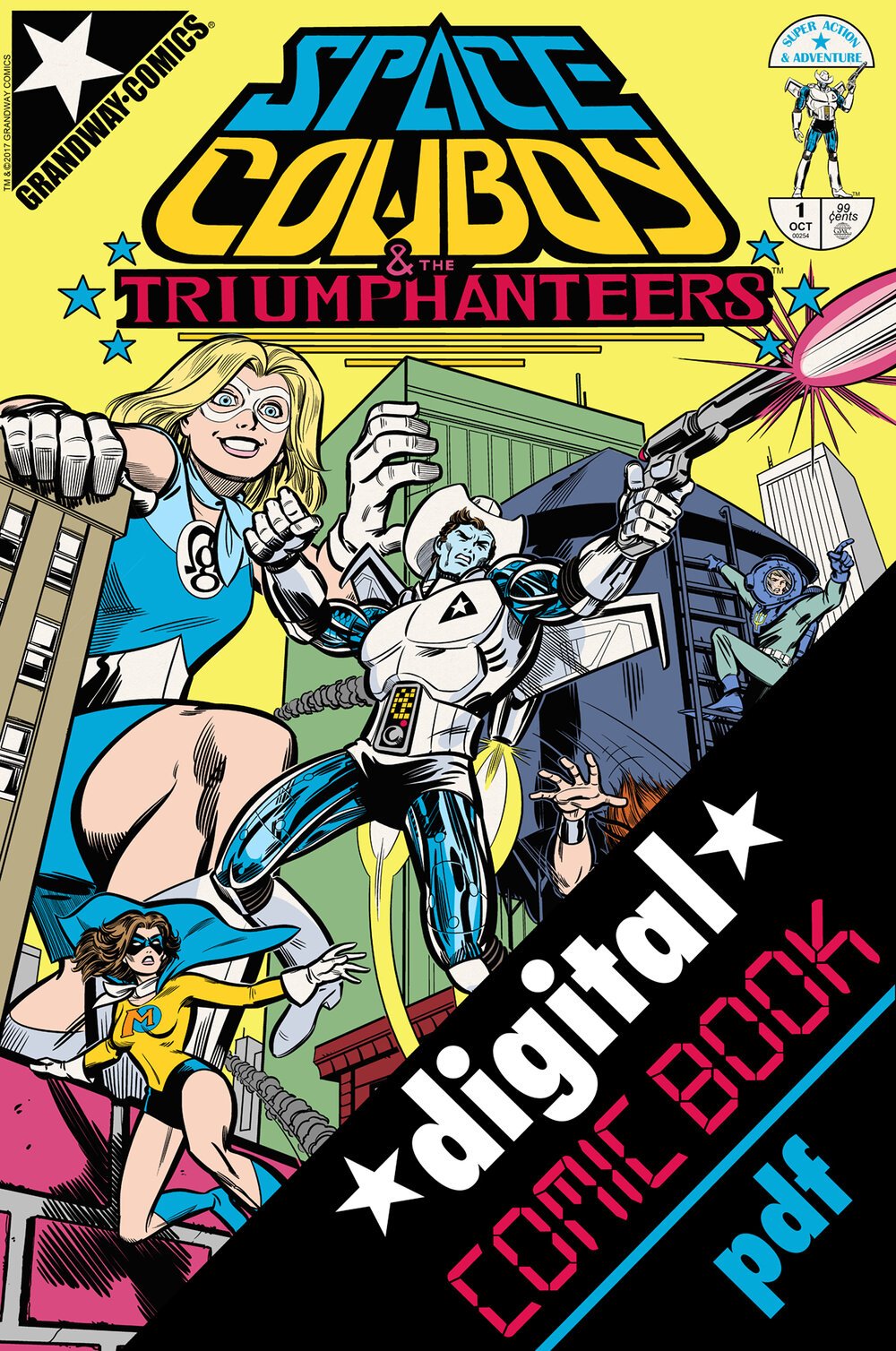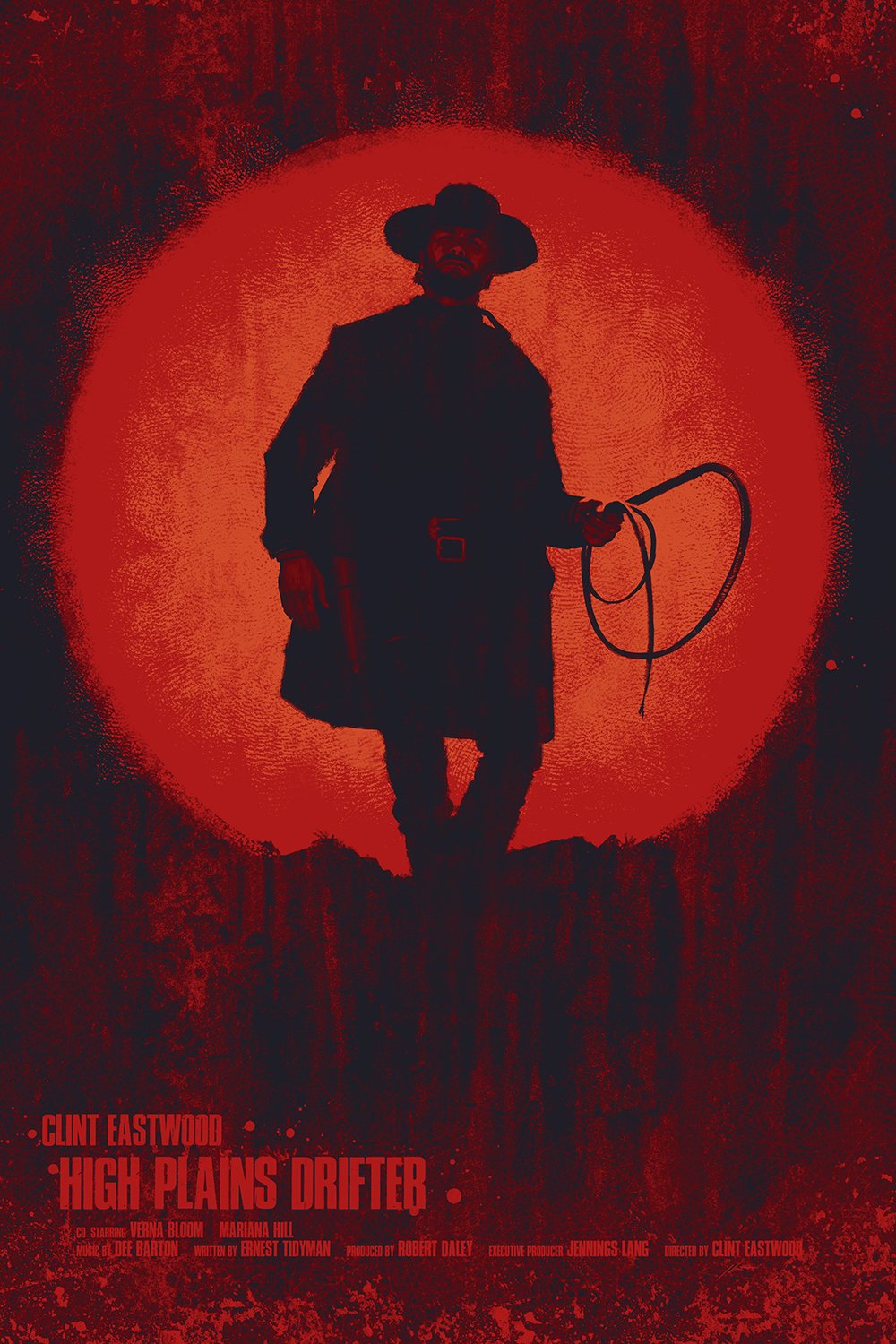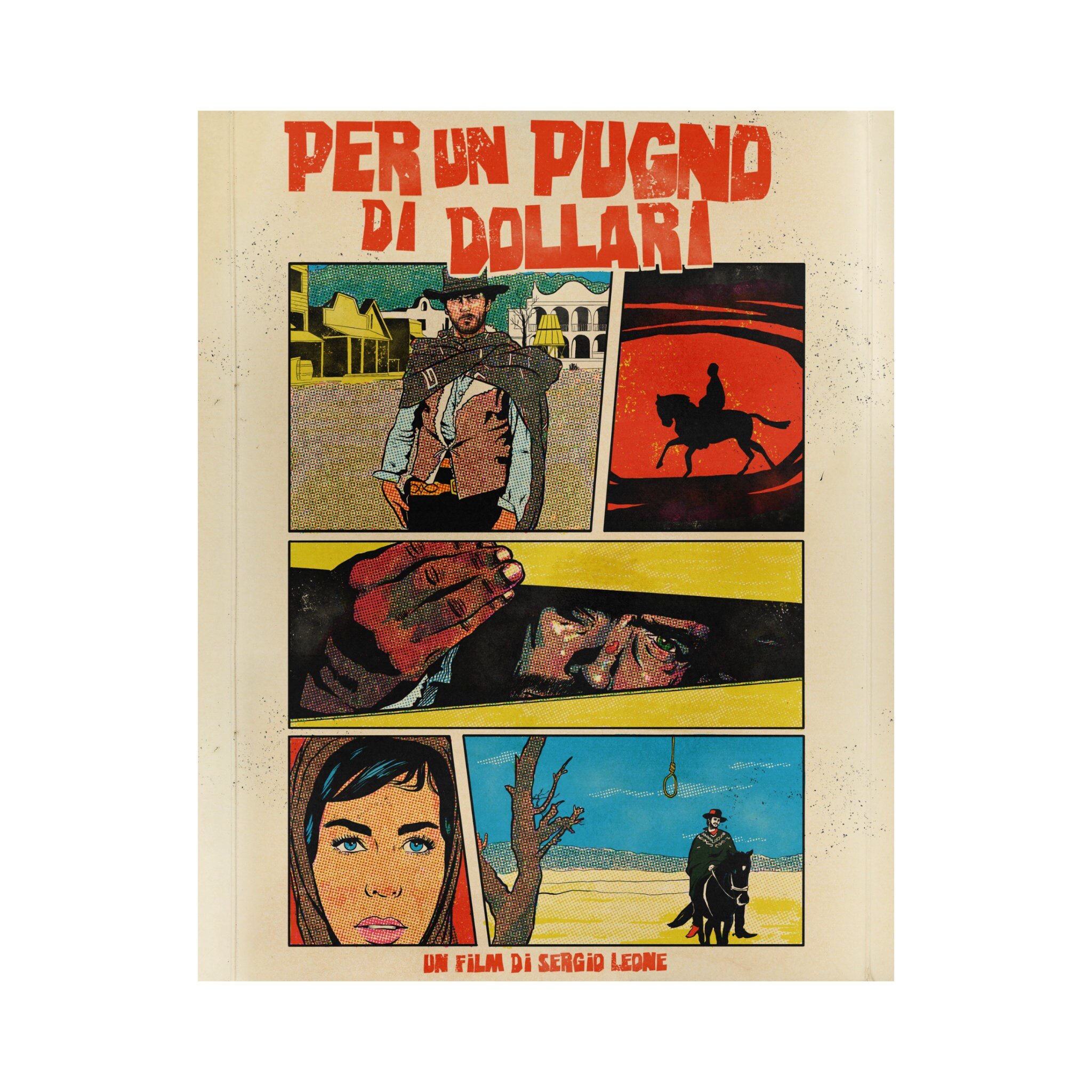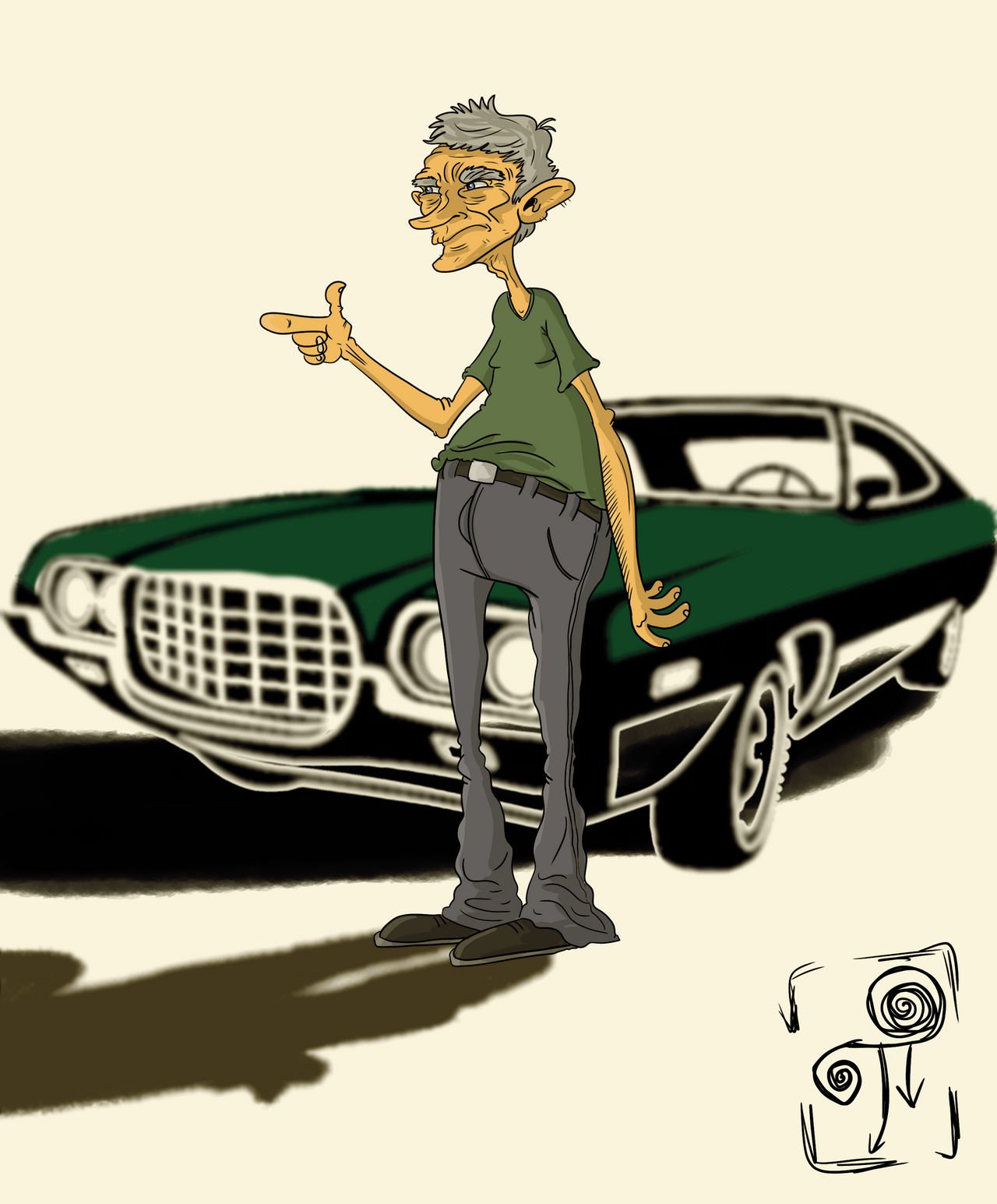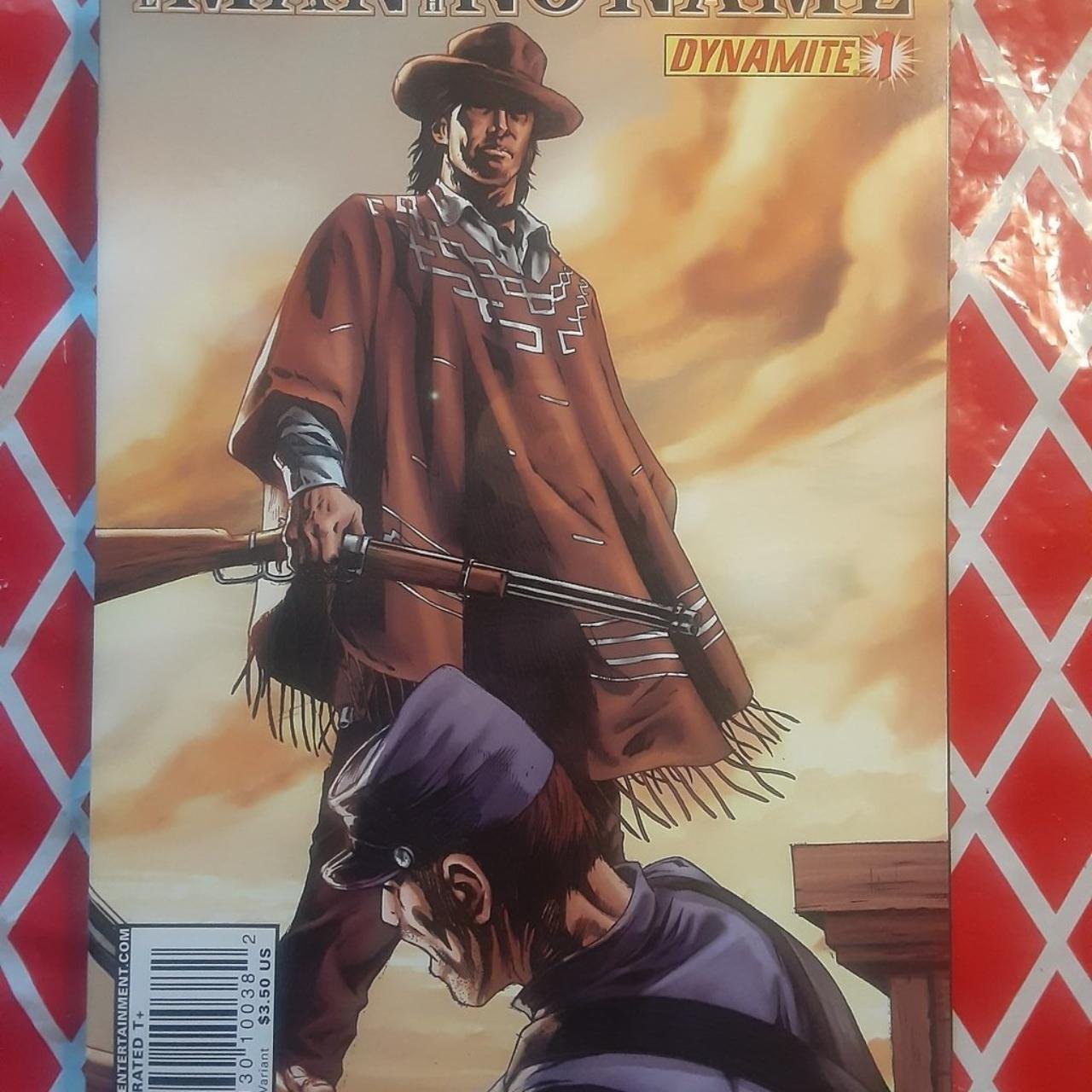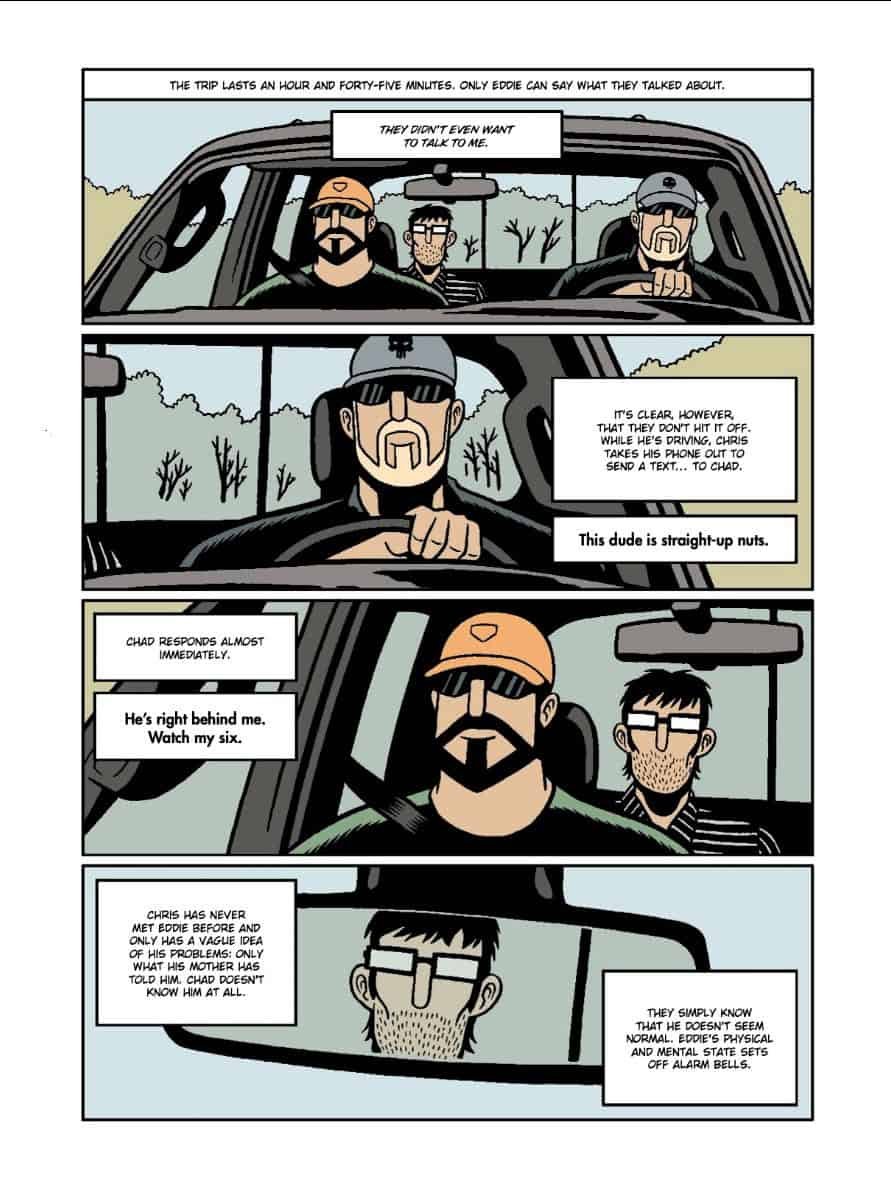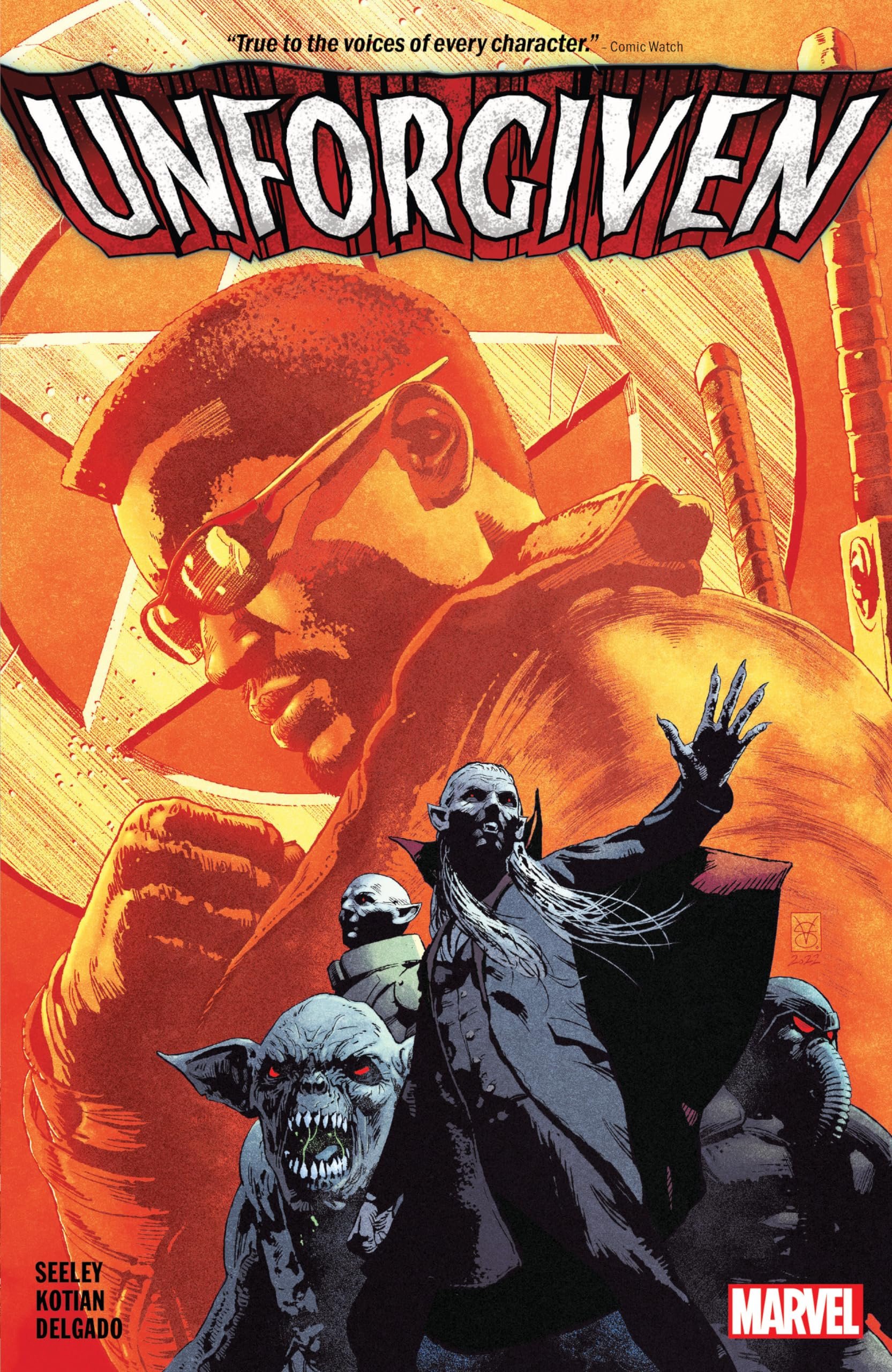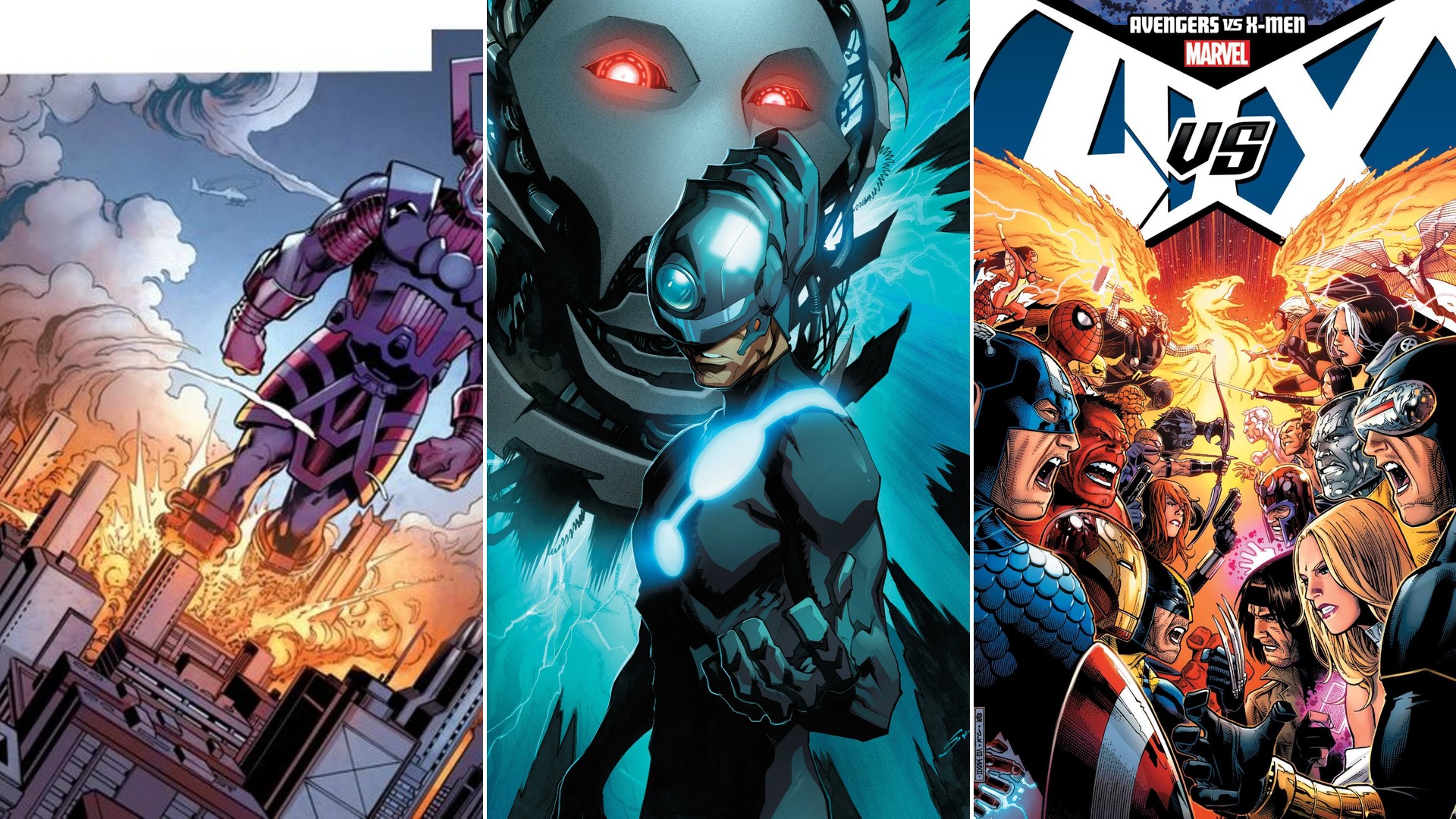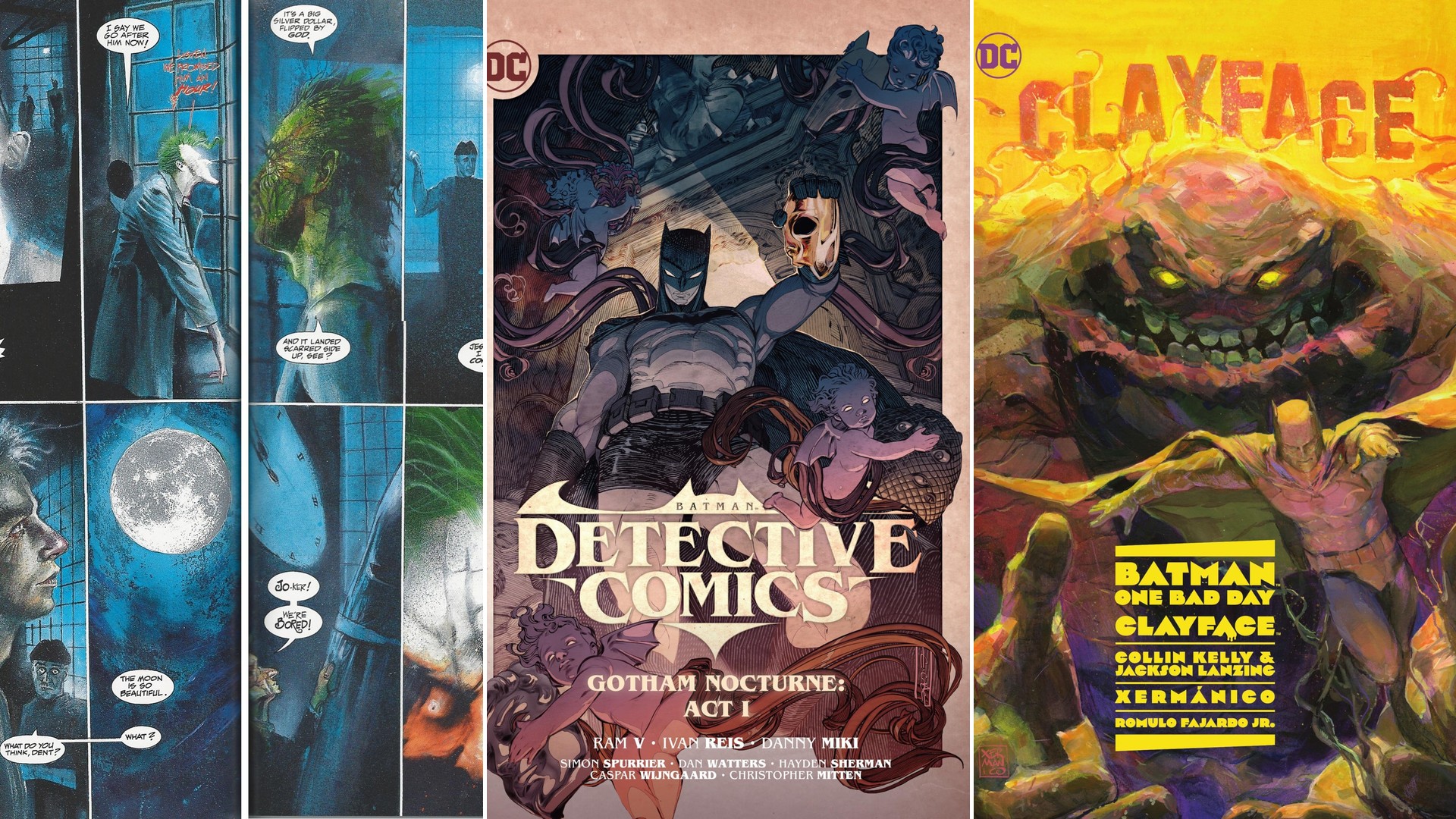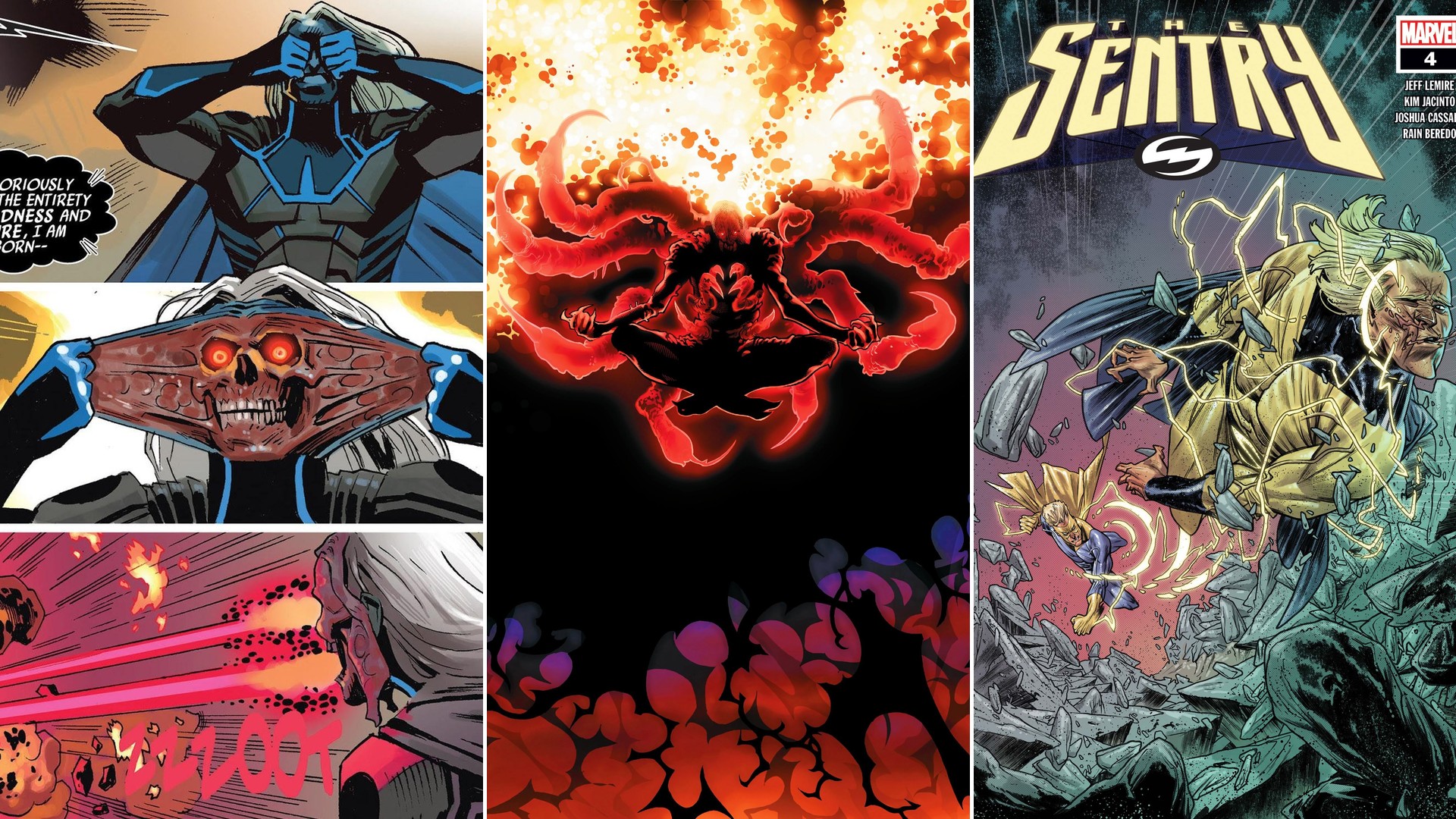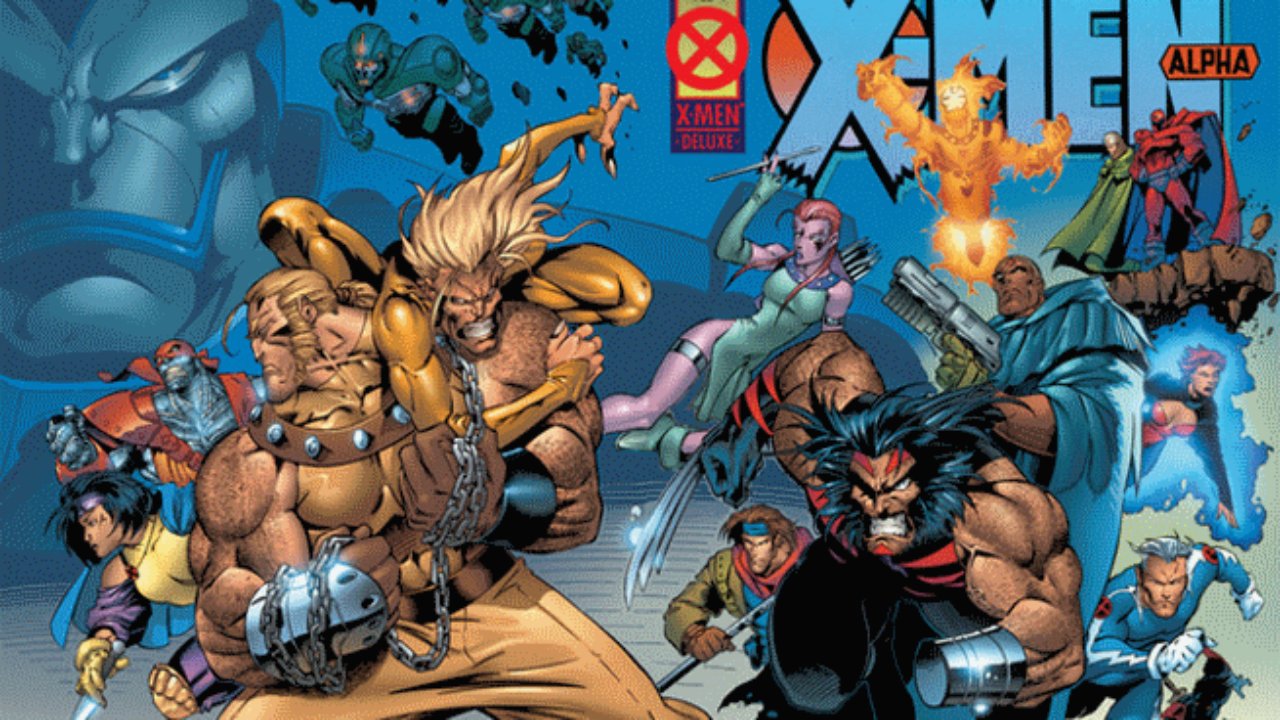The Far Side by Gary Larson is filled with surreal scenarios, oddball humor, and darkly comic twists on daily life. Clint Eastwood fans, used to seeing the actor as a cowboy, cop, or tough guy, will find even more to laugh about when Larson’s world collides with Eastwood’s film characters. Many Far Side comics feel like they’re poking fun at the characters Eastwood has played so memorably, turning serious movie moments into goofball situations. From westerns to modern thrillers, these comics draw quirky connections between Eastwood’s big screen legends and Larson’s off-kilter humor.
Below are twelve of the funniest Far Side comics that any Eastwood aficionado will appreciate. Whether you love spaghetti westerns, gritty city crimes, or bizarre astronaut drama, there’s a comic in here with a unique take on a classic movie moment.
12 Far Side’s Absurd Take on Million Dollar Baby
Clint Eastwood’s movie Million Dollar Baby is famous for its raw emotion and tragic moments. The Far Side, true to form, turns that drama on its head. Instead of the heavy moral dilemmas and the pain of the boxing ring, Larson’s comic features a boxer taking a wild swing – aiming at a boxing dummy that punches back or maybe a coach with less patience than Eastwood’s gruff mentor. It’s a perfect example of The Far Side taking serious themes and making them silly.
Larson’s humor works by replacing suffering with ridiculous setups. In his world, even the somber idea of boxing becomes absurd, and the drama of a champion’s journey is lost as soon as a physical gag shows up. This kind of twist takes the edge off the tragedy but still feels oddly relevant for fans who remember the film’s moral weight.
With Larson’s unmistakable style, boxers are left scratching their heads, and coaches deal with wild training mishaps. The brutal world of Eastwood’s movie shifts into a playground for awkward laughs and physical comedy, highlighting Larson’s classic gift for spot-on timing. Every punchline feels miles away from Eastwood’s serious Oscar-winning scenes, but the heart of the story – a battle that doesn’t go as planned – is eerily similar.
Even characters that were designed to inspire empathy get transformed into send-ups – here, the difference between triumph and disaster is often a funny drawing or a talking dog. The comic isn’t just a movie reference; it’s more of a celebration of the challenges and absurdities that come with even the toughest victories.
11 Far Side’s Awkward Cop Moments a la Dirty Harry
Dirty Harry is the film that made Clint Eastwood famous for playing an unorthodox cop. Gary Larson brings this tough San Francisco detective into his own bizarre universe by showing how much less intense – and how much funnier – cops can be in The Far Side.
The world of Dirty Harry is filled with violence and dangerous criminals, but The Far Side puts its police in much stranger situations. Instead of fighting elaborate crime, a cop in Larson’s comic might face “dangerous” park troublemakers who specialize in handing out noogies to pigeons. Serious threats are swapped for slapstick gags, and all the tension of a shootout vanishes as soon as the main annoyance is a prankster picking on birds.
Larson loves to deflate the legendary tough guy image. Instead of a grim detective staring down killers, the comic’s cop must deal with public notices and inept crooks. These goofy turns undercut the harshness of the original movies in a way that feels fresh. The comic pushes the idea that high drama can turn silly when you chase down someone whose crimes are more embarrassing than dangerous.
The contrast between Eastwood’s cool confidence and the cartoon cop’s confusion is half the fun. Even the “famous” .44 Magnum is replaced by something like a ticket book, a warning sign, or an apology note. It’s a unique reminder of how The Far Side pokes fun at authority and reimagines what it means to “keep the peace.”
10 When The Far Side Outlaws Ruin Hang ‘Em High
In the movie Hang ‘Em High, Clint Eastwood’s character survives a lynching and hunts for justice. Gary Larson tweaks this dramatic setup by giving it a silly twist – here, survival isn’t because of a heroic rescue, but because the executioner simply can’t tie knots. The comic takes the most stressful moment and flips it, downplaying the horror with plain old incompetence.
Time after time, Larson shows how major crises in movies can become mundane when you add a bit of human error. Far Side often distracts from danger not with heroics, but by highlighting how little things can ruin big plans. The almost comical failure of the hangman in Larson’s comic delivers an unexpected kind of relief.
Far Side comics frequently handle dark themes. The gallows, electric chair, and firing squad are regular features in Larson’s panels – but they’re always handled with a surreal or anti-climactic outcome. This kind of humor lands because it reminds us how unpredictable people really are.
Instead of steely vengeance or survival, the payoff in a Far Side version of Hang ‘Em High is laughter at the expense of both the good guys and the villains – because anyone can have a bad day on the job, even an outlaw. Larson doesn’t mock the seriousness of the theme, but he does remind us that luck and human error often drive the wildest stories.
9 Far Side’s Clueless Escape Attempt Spoofs Escape from Alcatraz
Clint Eastwood’s Escape from Alcatraz ends on an ambiguous note. Gary Larson, however, leaves no doubt: The Far Side’s prisoners tunnel through all the obstacles of the iconic prison, only to surface under a vast, watery expanse – their freedom foiled by a much bigger problem.
Larson is great at undercutting tension. His version of Alcatraz’s escape swaps a hopeful conclusion for one that’s clearly doomed. Whether the real Frank Morris manages to cross the bay remains a movie mystery. In Larson’s world, the punchline comes from the certainty that the escape has already failed in the silliest way possible – there’s water everywhere, and there’s nowhere left to go.
This approach puts huge distance between movie realism and cartoon logic. Instead of gritty prison-break drama, there’s mid-crisis comedy. The convicts’ hard work is ignored the moment you see them emerge into a hopeless spot, showing how planning sometimes isn’t enough when a simple oversight gets in the way.
Larson’s panels invite the reader to laugh at the whole escape genre. Far Side doesn’t just poke fun at the idea of hope in an impossible situation. It also turns failure itself into something worth a grin. These jokes about clueless criminals are a staple of Larson’s comics, and nowhere is it clearer than in this take on Eastwood’s classic movie moment.
8 Far Side’s Tiny Hats Make The Good, The Bad and The Ugly Even Funnier
One of Eastwood’s most memorable roles is Blondie in Sergio Leone’s The Good, The Bad and The Ugly. In The Far Side, the showdown between the good guy and the outlaw goes off-track over a simple, ridiculous detail: a tiny hat.
Instead of focusing on the dangerous standoff, Larson makes the outlaw’s hat size the cause of conflict. A naive comment about the criminal’s small hat sets up a classic Far Side moment. Here, everyday embarrassment replaces high-stakes gunfighting. The comic’s villain is drawn extra threatening to emphasize just how bad an idea it is to joke about his choice of hat.
Larson’s humor has always thrived on unexpected details. In this comic, the serious tension of the movie’s final act is traded for a nervous laugh, as readers imagine how easily big events can be triggered by small slights. Larson plays off our expectations from the film and replaces danger with personal irritation.
The scene echoes the classic ending of the movie, where Eastwood saves Tuco by shooting through his noose. But in The Far Side’s version, there is little chance anyone will get a heroic rescue – annoyance is the only sure outcome. It’s a comic about pride, not power, and it captures both the danger and silliness of frontier life.
7 Far Side’s Wildly Inaccurate Space Cowboys
Eastwood’s film Space Cowboys brought together a crew of aging astronauts for one last mission. In Gary Larson’s world, the spirit of adventure survives, but nothing else goes as planned. Instead of a heartfelt farewell, Larson’s astronauts get into trouble right after landing – usually because of a mistake too silly to see coming.
In one classic comic, instead of bravely sacrificing themselves, the astronauts accidentally break each other’s gear while celebrating their arrival on the Moon. The visor is shattered, and instead of a heroic ending, we get mayhem. The big emotions – sacrifice, regret, and nostalgia – never happen when simple clumsiness gets in the way.
Larson’s take on astronauts works by subverting the expectations viewers have from movies like Space Cowboys. The idea of reaching the Moon becomes less about glory and more about all the little ways things can go disastrously off-course. No matter how ambitious the mission, disaster is usually just one silly mistake away in The Far Side.
What sticks with readers is how quickly Larson flips drama into comedy. The triumph of old heroes is unmade by sudden, unexpected slapstick. It feels like a familiar send-up for anyone who remembers the movie’s emotional last scene.
Far Side’s approach to space travel is never about the grandeur. It’s about how things might really go if people brought their baggage and bad luck right along with them into orbit.
6 Far Side Turns High Plains Drifter Into Theater
Clint Eastwood’s desert avenger in High Plains Drifter walks a fine line between supernatural mystery and Western grit. In The Far Side, though, the drama gets turned into over-the-top acting and accidental heroics. The big battle against outlaws becomes an excuse for everyone in town to practice their most theatrical dramatic deaths.
The movie is all about revenge and ambiguous justice. Larson sees the spectacle of the final showdown as something different – a stage play with amateur actors doing their best, (or worst) with being gunned down. Townsfolk put on their most enthusiastic dying performances, sometimes even hamming it up for the sheriff, who asks only that they make it look good.
Larson uses this odd scenario to highlight how storytelling and action get blurred together in the Western genre. The self-awareness in his comics pokes fun at how much these dramatic flourishes owe to old Hollywood and campy TV serials. The townspeople’s efforts to “look right” while dying make a mockery of the violence at the heart of so many Westerns.
By bringing the logic of theater into the world of High Plains Drifter, The Far Side exposes how a lot of movie tension comes from dramatic exaggeration. It’s not that the town is heroic or evil – they just don’t want to mess up their big moment.
5 The Old West’s Smallest Horses Mock Fistful of Dollars
Eastwood’s tough guy from A Fistful of Dollars is supposed to be intimidating. But in The Far Side version, the focus is on horses – specifically, who has the tiniest horse in town. Larson twists the famous “my mule don’t like people laughing at him” scene into a farce about absurd animal companions.
Here, rivals compete not over who is the better gunfighter, but who can find the smallest horse. The punchline lands when both outlaws arrive carrying their miniature steeds in jars, making it impossible to take either of them seriously. This undermines the very notion of toughness that the original film is built on, poking gentle fun at the whole Wild West myth.
Larson’s comic turns every element of frontier combat on its head, transforming gunfights into silly competitions and old grudges into childlike disputes. The famous standoff loses all its edge as soon as the horses get smaller than the guns.
This approach is classic Far Side: deflate the myth, but stay true to the weird internal logic. In a town obsessed with tiny horses, no one comes out looking cool. Instead, the focus is on how even the wildest places can seem tame and laughable with the right imagination.
4 Far Side Mocks Gang Behavior in Gran Torino Style
Gran Torino gave Eastwood a late-career classic as Walt Kowalski, facing down local gangs to save his neighbors. Larson’s version changes the stakes, swapping gang violence for office supply shakedowns. Instead of gun-toting criminals, we find accountants demanding pencils and calculators – the least-threatening “gang” imaginable.
The contrast between the movie’s life-or-death struggles and the mundane world of The Far Side is sharp. Larson shows that danger can be replaced by pettiness, and that a “gang” can mean anything from tough street kids to bitter coworkers. The threat is only as real as the stuff at stake, and in The Far Side, that usually means something both boring and deeply specific.
Larson turns the idea of bravery inside out. Guts are measured not by fighting evil, but by daring to enter the supply closet. The humor comes from how these office warriors carry themselves with the same swagger as Eastwood in Gran Torino, even though they’re just tallying up overdue forms.
By swapping violence for nerdy drama, Larson shows that the real battles are often the ones no one wants to admit they’re fighting. It’s the classic Far Side move: replace fear with embarrassment and see what happens.
The comic reminds us to question what “danger” really means – sometimes the scariest thing is a bad day at work with the wrong crowd.
3 The Childish Man With No Name in Far Side’s Westerns
The “Man With No Name” is one of the most mysterious and intimidating figures in film. Gary Larson, in true Far Side fashion, shows the opposite – a cowboy whose main concern is whether he can accept candy from strangers at the bar.
This childish spin turns the iconic anti-hero into someone barely tougher than a schoolkid. Instead of facing down outlaws, he worries about the dangers parents warn kids about on Halloween. Larson highlights the silliness of adult fears when they get mixed up with childhood rules, lampooning the idea that any cowboy is truly invincible.
Strangely, even in the original movies, the Man With No Name always had some sort of nickname or alias. Larson pulls out this thread and unravels all the coolness, suggesting his code of honor might just be playground etiquette. It’s a fun dig at the seriousness that often surrounds Western heroes.
The Far Side finds laughs by bringing the outlaw world down to the level of basic, everyday anxieties. Instead of making the main character tougher, Larson makes him more relatable – someone who’s just trying not to get in trouble for taking candy from a stranger.
2 Far Side’s Skeptical Sniper Spoofs American Sniper
American Sniper is one of Eastwood’s more recent directorial successes, focusing on Navy SEAL Chris Kyle. In the hands of Gary Larson, the intensity and suspense are replaced by dry, skeptical humor. The Far Side’s “sniper” is less concerned with deadly accuracy and more interested in making a buck on the side – selling dubious maps to customers walking out of gun shops.
While Chris Kyle’s story in the film highlights trauma, heroism, and the cost of war, Larson’s take pokes at the concept of opportunism in even the most serious settings. The would-be sniper’s real agenda is profit, not patriotism. The high drama is instantly brought down to earth, and what might be a pivotal moment in a film turns into a scheme with little risk.
The comic’s punchline comes from the total mismatch between expectation and reality. Readers looking for gutsy action instead get a hustler with zero moral weight. Far Side is expert at exposing the everyday truths hiding behind great hero stories – and this comic is one of the bluntest examples.
The result is both funny and a bit sobering: even in the most charged environments, Larson finds a way to undermine gravity and remind the audience that some people just want to move merchandise.
1 Far Side’s Ridiculous Take on Unforgiven’s Final Showdown
Unforgiven is Eastwood’s revisionist western masterpiece, mixing hard truth with ultimate revenge. In The Far Side, the final showdown is less about moral reckoning and more about pure accident or slapstick. The moment that would decide the fate of an entire town falls apart because someone can’t find the right boots or gets distracted by something completely irrelevant.
Larson’s humor is at its best when the stakes are highest. Instead of elegance or brutality, the only thing that matters in this showdown is whether someone forgot their hat or picked the wrong door. The panel might have everyone suddenly distracted by a cow, proving that no movie scene is safe from clownish randomness once it enters the Far Side universe.
This approach strips away all the window dressing and shows that even the most powerful movie climax can suddenly become a joke. The line between fate and farce, between heroism and error, can be very thin with Larson in charge of the story’s end.
Unforgiven asked what it means to find peace after a violent life. The Far Side simply mocks the search for meaning, and offers up oddball images instead. It’s probably not very reassuring, but it is funny, and in the spirit of Larson’s approach to everything Eastwood touches.
